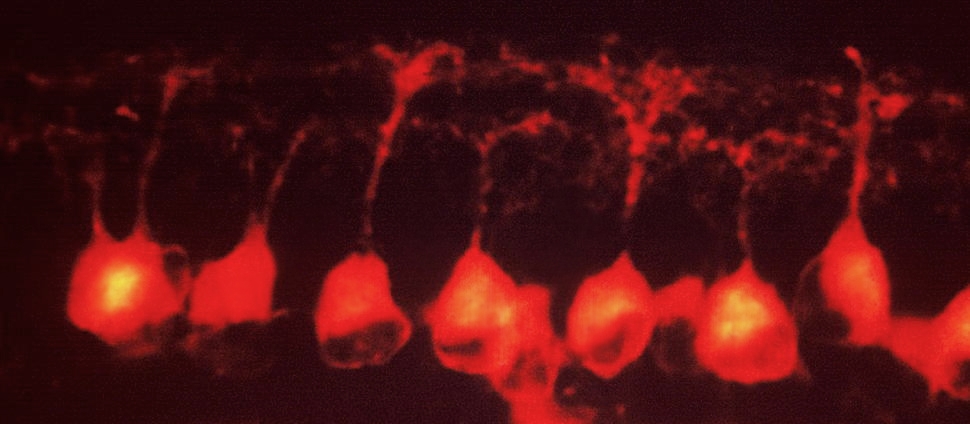Document Type
Article
Publication Date
8-19-2015
Publication Title
Neuron
Abstract
The frontal lobes control wide-ranging cognitive functions; however, functional subdivisions of human frontal cortex are only coarsely mapped. Here, functional magnetic resonance imaging reveals two distinct visual-biased attention regions in lateral frontal cortex, superior precentral sulcus (sPCS) and inferior precentral sulcus (iPCS), anatomically interdigitated with two auditory-biased attention regions, transverse gyrus intersecting precentral sulcus (tgPCS) and caudal inferior frontal sulcus (cIFS). Intrinsic functional connectivity analysis demonstrates that sPCS and iPCS fall within a broad visual-attention network, while tgPCS and cIFS fall within a broad auditory-attention network. Interestingly, we observe that spatial and temporal short-term memory (STM), respectively, recruit visual and auditory attention networks in the frontal lobe, independent of sensory modality. These findings not only demonstrate that both sensory modality and information domain influence frontal lobe functional organization, they also demonstrate that spatial processing co-localizes with visual processing and that temporal processing co-localizes with auditory processing in lateral frontal cortex. Michalka et al. report four interleaved vision-biased and auditory-biased attention regions bilaterally in human lateral frontal cortex. Short-term memory for space and for time recruits the frontal visual and auditory networks, respectively across sensory modalities.
Volume
87
Issue
4
First Page
882
Last Page
892
DOI
10.1016/j.neuron.2015.07.028
ISSN
08966273
Version
Version of Record
Recommended Citation
Michalka, Samantha W.; Kong, Lingqiang; Rosen, Maya L.; Shinn-Cunningham, Barbara G.; and Somers, David C., "Short-Term Memory for Space and Time Flexibly Recruit Complementary Sensory-Biased Frontal Lobe Attention Networks" (2015). Neuroscience: Faculty Publications, Smith College, Northampton, MA.
https://scholarworks.smith.edu/nsc_facpubs/147



Comments
Archived as published. Open access article.